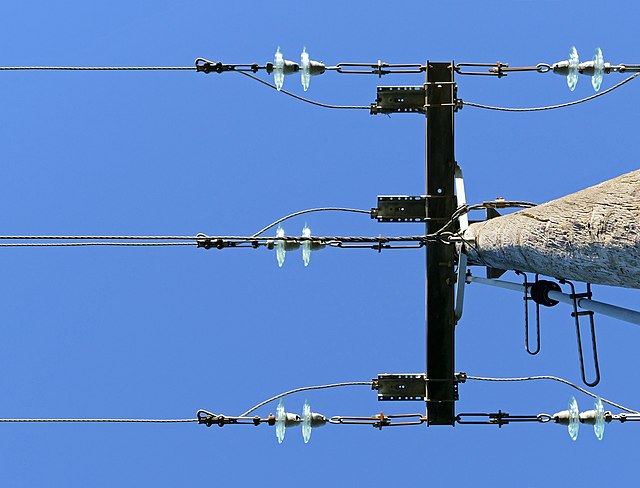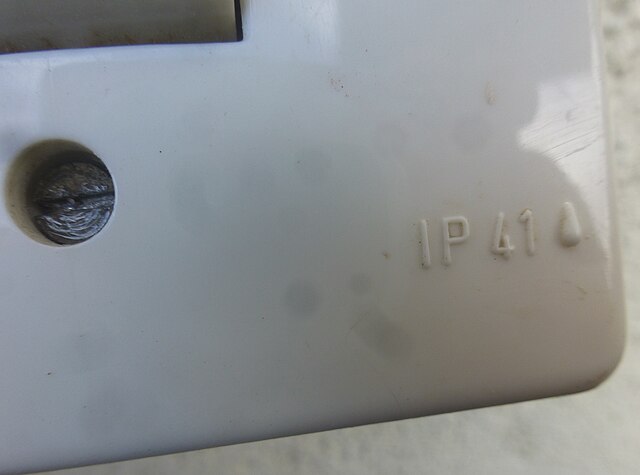Electric motors are the heartbeat of factories, hotels, and commercial buildings—running pumps, fans, compressors, conveyors, and more. Yet nearly half of all motor failures start in the bearings alone. At t.power, we diagnose the root causes and deliver solutions that keep your motors—and your operations—running smoothly for years.
| Failure Mode | Share of Failures | Key Causes |
| Bearings | 51 % | Wrong grease type or amount; misalignment; belt or pulley overload; vibration; overheating |
| Stator Winding | 16 % | Excess heat from frequent starts, heavy loads, or dirty cooling passages; insulation aging |
| Environmental Factors | 16 % | High ambient temperature; moisture ingress; dust and chemical contamination |
| Rotor Bar Defects | 5 % | Repeated starts or stalls that overheat the squirrel-cage rotor bars |
| Shaft Coupling Problems | 2 % | Poor alignment or wrong coupling type |
| Other | 10 % | Supply voltage imbalance; manufacturing defects; overloads |
1. Bearing Health: Lubrication & Alignment
- Use the Right Grease
- Choose a lithium-complex based grease with viscosity 100–160 cSt at 40 °C (centistokes at 40 degrees Celsius), National Lubricating Grease Institute grade 1.5–3.
- Follow the motor nameplate’s regreasing schedule and avoid over-greasing (excess grease can cause seals to fail).
- Precision Shaft Alignment
- Misalignment of the motor and driven equipment (pump, fan, gearbox) causes uneven bearing loads.
- Use laser-alignment tools and re-check alignment at operating temperature (“hot alignment”) to compensate for thermal expansion.
- Vibration Monitoring
- Track characteristic bearing-fault frequencies—such as ball-pass frequency outer race (BPFO) and ball-pass frequency inner race (BPFI)—with a vibration analyser. Early detection lets you regrease or replace before costly damage.
2. Managing Thermal Stress
- Control Inrush Currents with Soft Starters or Variable-Speed Drives
- A soft starter gradually ramps up voltage to limit starting current and torque.
- A variable-frequency drive (VFD) not only limits start current but also allows precise speed control, reducing slip losses and heat in induction motors.
- Insulation Class & Cooling
- Motors use Class F insulation materials (rated to withstand 155 °C) but are heat-managed to a Class B temperature rise limit (130 °C) for longer life.
- Keep air-vent passages and cooling-fan blades clean. In harsh environments, specify a Totally Enclosed Fan-Cooled (TEFC) or Totally Enclosed Air-to-Air Cooled (TEAAC) enclosure to protect against dust and moisture.
- Stator Winding Protection
- Embed positive temperature coefficient (PTC) thermistors in the winding hot spot. If temperatures exceed safe limits, these sensors trigger alarms or shut the motor down before insulation damage.
3. Guarding Against Environmental and External Factors
- Prevent Moisture & Condensation
- Install anti-condensation heaters inside the motor terminal box to keep internal temperature above the dew point and prevent water buildup.
- Ensure all seal-drain plugs are correctly positioned and that the motor meets an appropriate Ingress Protection (IP) rating (e.g., IP 55 or IP 65) for dust and water resistance.
- Handle Heat, Dust, and Chemicals
- In high-temperature or high-altitude locations, apply derating: reduce allowable motor load by a percentage per degree above standard ambient.
- For corrosive or chemical environments, specify motors with C5-M corrosion protection paint systems or stainless-steel components.
4. Rotor and Coupling Integrity
- Protect Squirrel-Cage Rotors
- Avoid frequent restarts or stalls, which overheat the aluminium or copper rotor bars. Use stall-protection relays that trip the motor if it fails to reach speed in a set time.
- Choose the Right Shaft Coupling
- For fixed-alignment systems, rigid couplings transmit torque directly.
- For installations subject to thermal growth or slight misalignment, flexible couplings (jaw, disc, or grid types) absorb movement and protect bearings.
At t.power, our Power Solutions combine:
- Expert Diagnostics – Vibration analysis, thermal imaging, and grease/oil analysis to pinpoint issues.
- Tailored Upgrades – From soft starters and VFD installations to high-class insulation motors and enclosures.
- Preventive Maintenance Programs – Scheduled lubrication, alignment checks, and condition monitoring that cut unplanned downtime.
Contacts us for a free site survey and discover how we can extend your motor life by 50 % or more—saving you time, energy, and maintenance costs.
Further Reading & Standards
- NEMA MG1: Motors and Generators (Section II – Insulation Systems)
- IEEE Std 43: Testing Insulation Resistance of Rotating Machinery
- ABB Motor Guide
Explore these references or reach out to our engineering team for detailed guidance tailored to your application.



